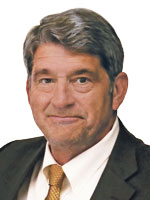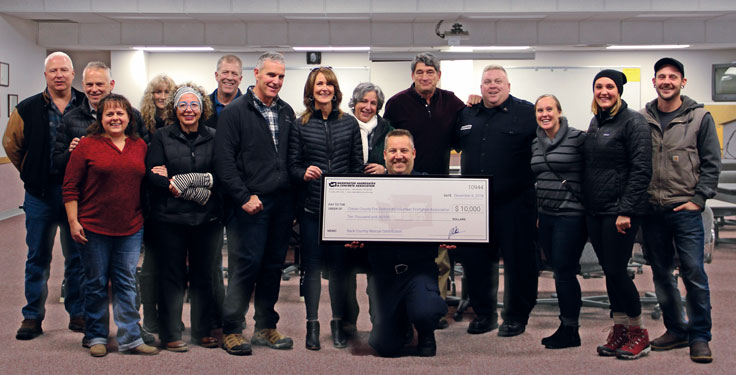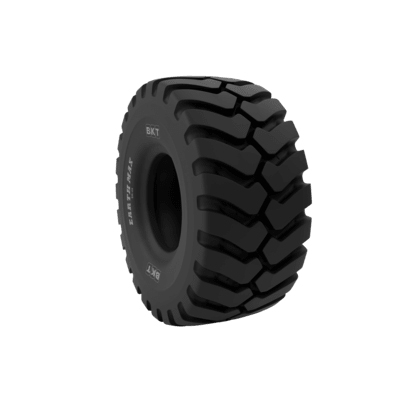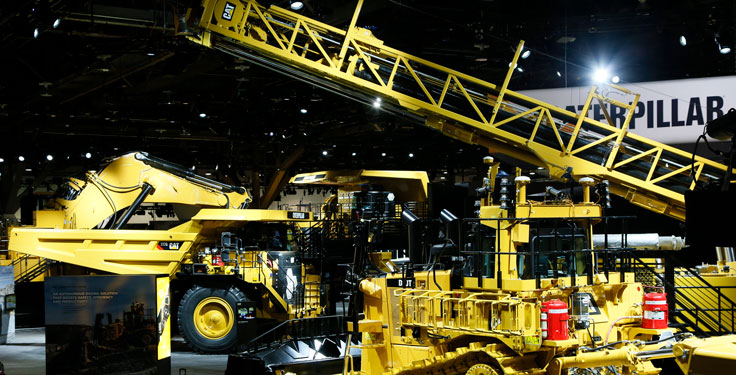
Bruce Chattin, the executive director of the Washington Aggregates & Concrete Association (WACA) who joined the organization in 1989, is retiring this month. P&Q caught up with Chattin to discuss his career in the industry, the role of the state association, and how the industry has evolved.
How did you get your start in aggregates and concrete?
I came into the industry in 1977 when I got out of school. I went to work for W.R. Grace, working for them for about five years. I then went back to New York. My father was in the concrete business in Manhattan, and I worked with them for a year.
We had previously moved out to Washington. We really liked it. Our daughter was born, and we just didn’t want to be on the East Coast. So, we came back, and I was with Sika Construction Products from 1983 to 1988 doing chemical admixtures and technical sales.
Then, I got hired to be the promotional manager for the association (WACA). That was doing your typical concrete promotion. I did that for about 15 months, and they wound up letting the executive director go. The board [of directors] looked at me and said: ‘Why don’t you run this and see how it goes?’
Would you say the industry’s state associations are more necessary today than they were when you first joined WACA?
They’re absolutely necessary because all politics are local. You have to be engaged with your legislature and your agencies. The best way to do that is through a state association, where the industry can speak with one voice; where you can gather everyone under one umbrella; create relationships; provide the education; and meet with legislators to tell our story on the local level.
Back when I started, the national associations weren’t very big at the local level. They weren’t very visible. So basically, the states took on that role, and that’s what gave our association legs.
Now, the national associations are doing awesome – and they have been for decades. We’re all now working hand in hand collaboratively.
How have you seen the industry change within the state of Washington during your time?
As a rule, our industry doesn’t change much. But what has changed is the playing field around the industry.
There are new regulations coming out every day, so the industry must be able to react to meet those regulations.
Not all regulations are bad. There are a lot of regulations we needed to be able to do things differently as an industry. For example, how materials were discharged or how water was discharged. We’ve gone through a good evolution of becoming a better industry, recognizing the importance of being good stewards for the environment.
Now, we’re into the curve of sustainability – and that’s a good change. The challenge is everyone wants us to change now. They don’t understand that for a given product, it has to go through a series of ASTM standards and tests and be something we can actually use – so that when we build something out of it, it doesn’t fail in five years. It’s got to stand the test of time, just like concrete always has.












